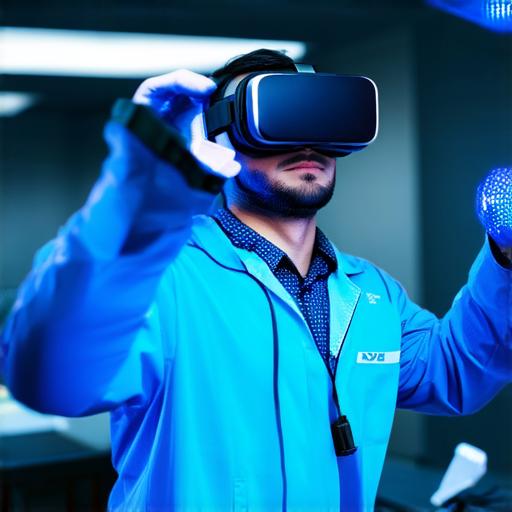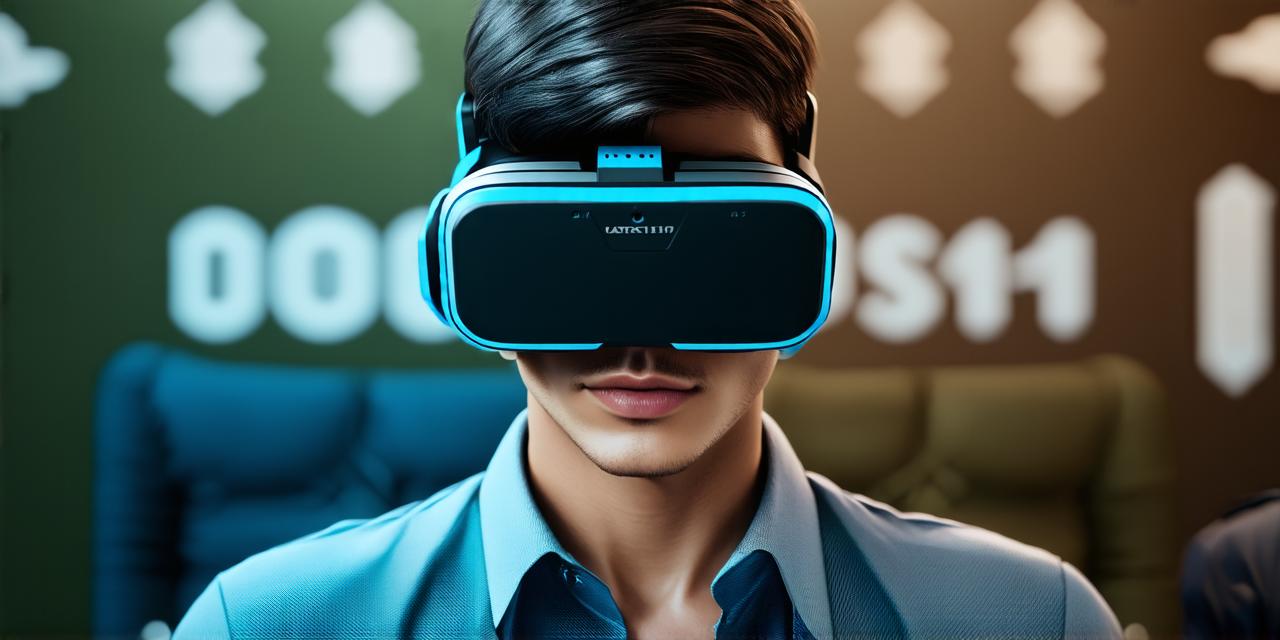Virtual reality (VR) is a technology that allows users to experience computer-generated environments as if they were real. It has been around for several decades and has undergone significant advancements in recent years.
Purpose of Virtual Reality
Virtual reality was first invented in the 1960s by Ivan Sutherland, who created a simple VR headset called the “Sword of Damocles.” The main purpose of VR at that time was to provide an immersive and interactive experience for users. Since then, the technology has evolved significantly and has been used in various fields such as gaming, education, healthcare, and more.

One of the primary purposes of virtual reality is to provide a realistic and immersive experience for users. VR technology allows users to interact with computer-generated environments in a way that feels real, providing a level of engagement that traditional media cannot match. This has led to its widespread use in gaming, where VR provides an unparalleled level of immersion and interactivity.
Another purpose of virtual reality is to enhance learning and education. Virtual reality can transport users to different parts of the world or even outer space, allowing them to experience things they may never have had the opportunity to see otherwise. This technology has also been used in simulated medical procedures, providing a safe environment for students to practice and perfect their skills.
Virtual reality has also found applications in healthcare. It can be used to provide patients with a virtual environment that helps alleviate pain and anxiety. For example, VR therapy can be used to treat PTSD, phobias, and other mental health conditions by exposing patients to controlled virtual environments that trigger their fears.
In conclusion, the purpose behind the invention of virtual reality is to provide an immersive and interactive experience for users. It has evolved significantly over the years and has found applications in various fields such as gaming, education, healthcare, and more. The technology continues to evolve, and its potential uses are limited only by our imagination.



